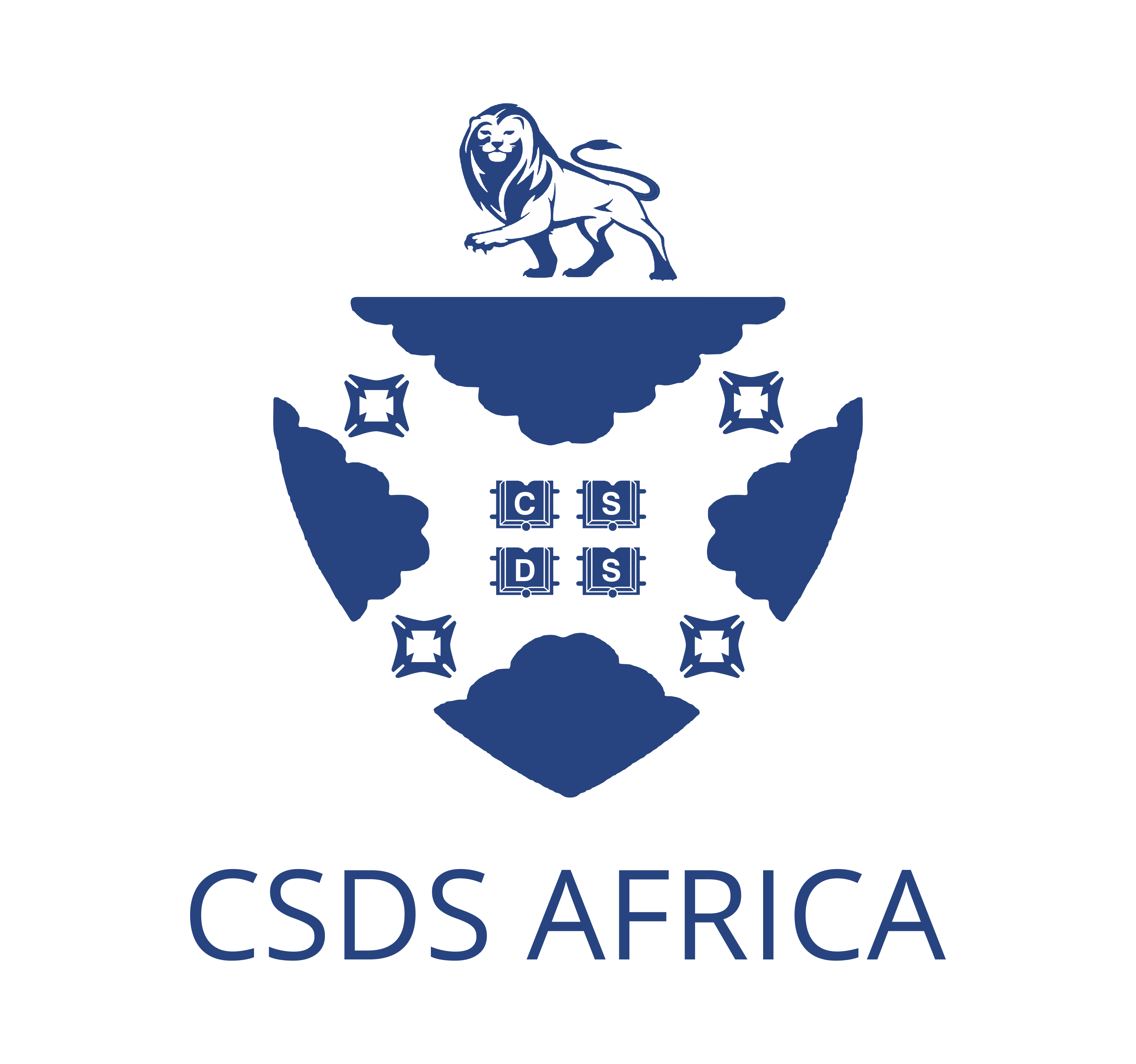Border Security: Addressing Irregular Migration and issues pertaining to trafficking in persons and smuggling of migrants.
INTRODUCTION
The term irregular migrant is applied to persons “who infringe a country’s admission rules and any other person not authorized to remain in the host country”. The definition of irregular migration is broad and refers to irregular flows with respect to irregular migrants. Irregular migration poses very real dilemmas for states, aside from exposing migrants to insecurity and vulnerability. Sensitive as it is, politically most states have failed to manage or control irregular migration effectively. This problem is a global issue. Irregular migration from the East and the Horn of Africa to southern Africa presents countries along this route with a new challenge: how to manage these flows while ensuring that the human rights of migrants are respected and protected. To better manage this irregular migration flows, the Governments of Ethiopia, Kenya and the United Republic of Tanzania have, for instance, held several bilateral and trilateral technical meetings since 2014.
Despite the political relevance of the phenomenon, assessments of the size of the irregular migrant population are vague, and there are doubts as to whether granting amnesty or mass deportation will solve the problem of having tens of millions of people living in a country illegally. This report proceeds from the standpoint that irregular migration cannot be managed on a unilateral basis by individual destination states, but requires meaningful cooperation between countries of origin, transit, and destination.
Control measures instituted by only receiving states are unlikely to dismantle the problem. In certain parts of the world, policy on irregular migration is driven by the perception that countries risk being ‘overwhelmed’ by large numbers of irregular migrants who embody threat to states and society.
While all states in the international system have the right to control their national borders, what is required are more effective collaborations with sending states and non-state actors to address the issue. Effective approaches will take notice of both the concerns of states and the need to protect the rights of irregular migrants.
LACK OF POLITICAL WILL
At the same time, it is essential to be realistic about the initial expected outcomes. Our analysis indicates that irregular migration may continue for the foreseeable future, although it may be possible to scale it down. One key reason is that certain states lack the political will to address irregular migration, as some of the issues are perceived to be politically sensitive. Irregular migration can be perceived as benefiting some countries of origin – for example by removing a labor surplus and providing a source of remittances and overseas investment (Koser and Van Hear 2003). Secondly, the push forces are equally ubiquitous and powerful. The ability to modify them is very limited (Crisp and Dessalegne 2002).
RULE OF LAW ISSUES
While nation-states have however the sovereign prerogative to govern conditions of entry into and stay within their territory, they must always do so respecting human rights obligations. Criminalizing migration has not been shown to prevent irregular status and is a concerning practice that leads to a number of human rights violations. The criminalization of people on the basis of their migration status also reinforces false and xenophobic narratives – migrants are criminals and migration is a threat (A/HRC/20/24, para. 13; WGAD, Deliberation No. 5). Under international human rights law, the criminalization of irregular migration exceeds the legitimate interests of States in protecting their territories and regulating migration (A/HRC/13/30, para. 58). Migrants in an irregular situation should not be treated as criminals or as national or public security threats (A/HRC/10/21, para. 68). Such approaches push migrants to live and work in the shadows of society, increasing their vulnerability to exploitation and abuse.
In the current environment the available options to states are briefly as follows:
- Strengthen Border Security
- Collaborate with Sending Countries
- Strengthen Interior Enforcement.
- Improve the Legal Immigration System
- Implement A Better Job Program
- Undertake Mandatory E-Verify
- Eliminate Illegal Immigration Rewards
- Blanket Amnesty
- Authorize Armed Forces at the Border
CONCLUSION
Between 2020 – 2025, CSDS Africa will seek partnership with African Governments, the European Union, ECOWAS and the Africa Union with regard to its Anti-Slavery Project. CSDS seeks to implement a number of mutually reinforcing projects in the fight against irregular migration.
Slavery is not a thing of the past. Our mission is to amplify international law and policy options, hold governments accountable and develop capacities for safe, humane and dignified voluntary return as well as sustainable reintegration processes.
The ultimate long-term solution lies in a combination; changing of economic conditions; revising of current policies, and opportunities created in the disadvantaged countries from where the illegal immigrants hail. A combination of the possible solutions is most likely the best choice to implement a plan that conforms to the rule of law. A key priority of the Project is to support African governments to develop capacities for safe, humane and dignified voluntary return as well as sustainable reintegration processes.



Leave a Reply
Want to join the discussion?Feel free to contribute!